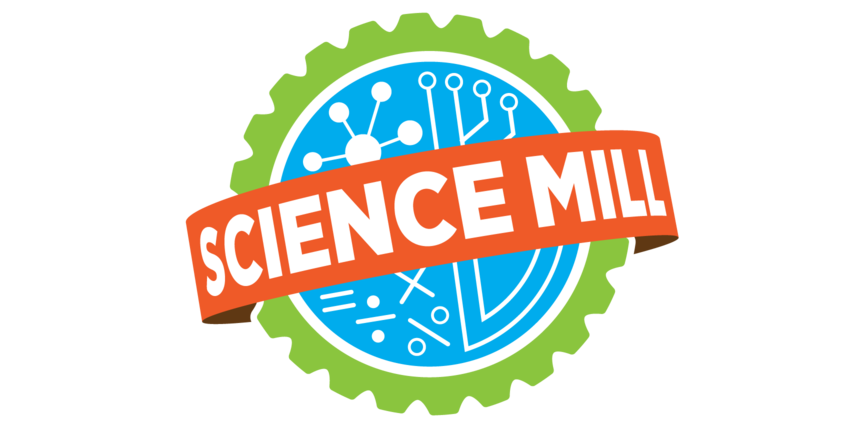As education moves into a deeper technological vein, educators are becoming more aware of introducing video games, or at least their principles, into classroom management strategies. This is called gamification, the process of utilizing elements of game playing, such as competition, point scoring, and progressive levels, in other systems or activities to increase or improve engagement. Education has certainly welcomed gamification strategies in various applications, from actual game play with content to behavioral and grading frameworks. We will briefly review a few of these concepts and their implementation in the classroom.
Motivation through gamified self-assessment
With the foundation of any class, there are grading systems to track student progress and content mastery. Teachers who use gamification give students control of their grades, allowing students to score points by completing tasks. Some of these tasks include reflection of the work that they have completed and cooperative learning with other students. There have been positive results from this form of assessment and students tend to be more engaged when gamification grading systems are utilized.
Exercising agency in a safe space
Games themselves have made their way into the classroom, supporting both the investigation of content and its assessment. Many games explore how content is applied to real world situations or virtual worlds where students navigate concepts either based on the content or use the content to navigate. Not only do these games enable a deeper understanding of topics through “real world” application, but they can also help learners experience trial and error in a safe, controlled space.
Fun, interactive assessments
Teachers also have access to a wide variety of gamification assessments, like Kahoot! or Quizlet, which allow students to interact with others while evaluating their level of understanding of the content being taught.
A new space for sportsmanship
Probably the most cutting edge and deep implementation of gamification is the introduction of esports. Across the country, schools are hosting teams to play online games, ranging from academic driven competitions to video games of soccer-playing vehicles. These teams promote sportsmanship and give students of all backgrounds the opportunity to compete in various levels of competition. In many states, interscholastic leagues are adopting esports rules and regulations, creating a solid foundation for this new platform of sports.
While many of these concepts create environments supportive of students' growth within diverse communities, like any other piece of technology in the classroom, it is still just a tool to drive education and should not be the end all, be all of how content is delivered and assessed. With these tools added to an educators belt, it opens doors of opportunity to be inclusive of all students and introduce STEM components in new and novel ways.
Go deeper into the topic of gamification in education by visiting the Science Mill this month! Experience its potential for yourself through exhibits like The Energy Game, Giant Lever, and Mindball. Reserve your tickets here or purchase them at the door!
The Science Mill is a family destination offering a fun, interactive learning environment for all ages. Through cutting-edge technology-based exhibits, games, and programs, the Science Mill expands students' understanding and appreciation of science in their everyday lives. By igniting their curiosity and inspiring them to pursue post-secondary education, the Science Mill experience starts students on the path to a life-long career in science, technology, engineering, and math (STEM).
We invite you to explore our site, learn more, and visit us in Johnson City, Texas.












